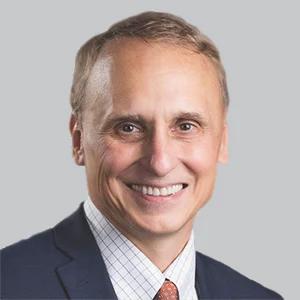|Videos|June 5, 2019
Dravet Syndrome and Lennox-Gastaut Syndrome: Recent Treatment Advances
Advertisement
Newsletter
Keep your finger on the pulse of neurology—subscribe to NeurologyLive for expert interviews, new data, and breakthrough treatment updates.
Advertisement
Related Articles
 NeurologyLive® Brain Games: September 14, 2025
NeurologyLive® Brain Games: September 14, 2025September 14th 2025
 NeurologyLive® Friday 5 — September 12, 2025
NeurologyLive® Friday 5 — September 12, 2025September 12th 2025
Latest CME
Advertisement
Advertisement
Trending on NeurologyLive
1
MDA and PPMD Release Consensus Guidelines for Safe and Equitable Use of Gene Therapy in Duchenne
2
10 Years of the Women Neurologists Group: A Preview of the 4th Annual Conference
3
NeurologyLive® Brain Games: September 14, 2025
4












































